- Hands-on Learning: Offers interactive DIY programs for all ages.
- Community Resource: Provides unlimited admission, events, and discounts.
- Diverse Exhibits: Features imaginative installations from ordinary objects.
- Support for Education: Aids schools with field trips and teacher training.
- Limited Timeframe: Special exhibits are available only for a limited period.
- Skill AI Skill AI Review 2024- Develop Skills With Ease!
- Socratic Google AI Socratic Google AI Review- Features, Tutorial & More
- Storybooks Empower Young Readers: Storybooks Makes Reading Fun & Addresses Complex Emotions
- Nolej Nolej AI Review – Features, Pros, and Cons
- MyLessonPal Teacher’s Best Friend: MyLessonPal Simplifies Your Day, Enhances Instruction, & Boosts Student Success
- StoryWizard Unlock Student’s English Literacy Skills: Personalized Activities and Self-Directed Learning with StoryWizard
- Teachology AI Teachology AI Review: Best AI Lesson Plan Generator
- Formative AI Formative AI: Generate Engaging Educational Materials in Seconds – Automate Lesson Planning & Save Time
- Mindsmith Effortless eLearning: Create, Share & Customize Lessons in Minutes with Mindsmith
- Teachguin AI Assistant, Interactive Whiteboard & More: Teachguin Supercharges Your Online Tutoring
- Education Copilot English & Spanish Support: Education Copilot – Your Multilingual Teaching Partner
- Teacher Tools GPT Can Modern Teachers Truly Minimize Paperwork and Maximize Teaching Time?
- Magma Mentor Magma Mentor Review 2024- Personal AI Tutor for Every Student!
- Teddy AI Teddy AI: Best AI Study Buddy for Neurodiverse Kids
- Perplexity AI Conversational Search Engine: Enhance Your Queries with Perplexity AI
- Foxar Can Augmented Reality Transform Education? Discover the Magic of Foxar!
- Candide AI How to Teach AI to Kids? Preparing Children for an AI Future!
- Almanack Almanack: Effortlessly Create Resources That Meet Every Student’s Needs
- Tutor AI How Tutor AI Bridges the Global Teacher Gap
- Codecademy Interactive Learning: Where Dreams Meet Code
- Digitaldefynd Want to Learn from Top Universities? Explore DigitalDefynd’s Offerings
- Mystery Science Mystery Science Review 2024: Make Your Elementary Kids Scientists
- EduPhoria Unlock Student Potential: Personalized Curriculums & Enhanced Learning with eduPhoria
- Courseau Courseau: AI-Powered Course Creation Platform for Teachers
- Book Creator Promoting Literacy with Book Creator: Content Creation Made Easy for Students and Teachers
- Brisk Teaching Brisk Teaching- Free Chrome Extension for Teachers
- Wolfram Alpha How Wolfram Alpha Solves Complex Maths Problems with Ease
- Edtools Navigating the Digital Classroom: Streamlining Teacher-Parent Communication
- Puzzicle Puzzicle- Build a Lesson with the help of AI
Table of Contents
Fostering creativity, critical thinking, and interdisciplinary learning is increasingly recognized as essential for preparing students for the challenges of the future.
As rightly said by - Albert Einstein - “I am enough of an artist to draw freely upon my imagination. Imagination is more important than knowledge. Knowledge is limited. Imagination encircles the world." The Exploratorium stands as a beacon in this regard, seamlessly blending art, science, and human perception into a unique learning experience that transcends traditional boundaries.
In this blog post educators and students alike, will explore the the potential of integrating art and science to transform classroom dynamics and enrich learning outcomes.
The Intersection of Art and Science
Art and science, often perceived as distinct domains, share fundamental attributes that make them complementary in educational settings. Both disciplines involve observation, experimentation, and creativity, albeit in different contexts.
Art encourages students to explore emotions, interpret the world subjectively, and communicate ideas visually or through performance. Science, on the other hand, emphasizes empirical investigation, systematic observation, and evidence-based reasoning to understand natural phenomena.
Integrating Art and Science: Benefits for Students
Now let look at some benefits drived from integrated art and science lessons;
1. Stimulating Creativity and Imagination
Art and science integration encourages students to approach problems from multiple perspectives, fostering creativity and imagination. Through activities like creating kinetic sculptures or designing sustainable architecture models, students not only apply scientific principles but also express themselves artistically, developing a holistic understanding of complex concepts.
2. Enhancing Critical Thinking and Problem-Solving Skills
By engaging in hands-on experiments and projects, students develop critical thinking skills as they hypothesize, experiment, and analyze outcomes. Whether investigating the properties of materials or exploring the biological diversity of ecosystems, students learn to ask insightful questions and develop evidence-based conclusions—a vital skill set for success in both academic and professional settings.
3. Promoting Collaboration and Communication
Collaboration lies at the heart of both art and science. Through collaborative projects, students learn to work as part of a team, leveraging each other’s strengths to achieve common goals. Moreover, projects often culminate in presentations or exhibitions, where students must articulate their ideas and findings to peers, teachers, and community members—a valuable exercise in communication skills.
4. Building Confidence and Resilience
Engaging in hands-on, exploratory learning experiences fosters a sense of accomplishment and resilience in students. Whether overcoming challenges in constructing a working prototype or refining an artistic concept, students build confidence in their abilities to tackle real-world problems creatively—a crucial attribute for lifelong learning and personal growth.
Exploring the Exploratorium Experience
Located in San Francisco, California, the Exploratorium is a pioneering public learning laboratory dedicated to exploring the world through the lenses of science, art, and human perception. With a mission to create inquiry-based experiences that transform learning worldwide, the Exploratorium offers a dynamic array of interactive exhibits, educational resources, and professional development programs for educators.
By blending hands-on exploration with artistic expression, the institution empowers visitors to think critically and engage deeply with scientific concepts, fostering a community where curiosity, creativity, and inclusivity thrive.
Now let look at how Exploratorium transforms learning with science and art;
1. Interactive Exhibits and Galleries
At the heart of the Exploratorium’s educational philosophy are its interactive exhibits spread across six spacious indoor and outdoor galleries. These exhibits are designed not just to showcase scientific principles but to engage visitors actively.
For educators, these exhibits serve as powerful tools to demonstrate abstract concepts in a tangible and memorable way. Imagine students manipulating gears to understand mechanical advantage or experimenting with light and color to grasp principles of optics—all within an immersive, hands-on environment. Visitors can explore physics through wind tunnels, delve into biology with dissections or interactive models, and even engage with cutting-edge technology, making complex ideas accessible and enjoyable.
The Exploratorium encourages curiosity, inspiring a lifelong passion for learning through direct interaction and exploration.
2. Tinkering Studio: Where Art Meets Science
Central to the Exploratorium’s mission is the Tinkering Studio, a dynamic workshop space where visitors—both young and old—are encouraged to explore, create, and innovate. Here, the boundaries between art and science blur as participants engage in activities like building electric circuits, crafting mechanical sculptures, or exploring the chemistry of pigments.
For educators, the Tinkering Studio offers a treasure trove of ideas and resources for incorporating hands-on, project-based learning into their curricula, fostering skills in problem-solving and collaboration.
Visitors might find themselves designing intricate kinetic art pieces, experimenting with robotics, or creating stunning visual displays using light and shadow, all within a collaborative and stimulating environment that emphasizes creativity and critical thinking.
3. Professional Development Programs
Recognizing the pivotal role of educators in shaping the next generation of innovators, the Exploratorium offers robust professional development programs. These programs provide teachers with the tools and strategies to effectively integrate art and science into their teaching practices. Workshops range from exploring new instructional technologies to curriculum design that emphasizes inquiry-based learning.
By equipping educators with these skills, the Exploratorium empowers them to create dynamic and engaging classroom experiences that inspire curiosity and critical thinking. Educators can participate in hands-on sessions, collaborative projects, and reflective discussions, gaining practical experience in implementing innovative teaching methods.
The programs also foster a community of practice, where teachers can share insights, challenges, and successes, continually enhancing their professional growth and the learning experiences they offer to students.
4. Educator Resources and Support
Beyond physical exhibits and workshops, the Exploratorium offers a wealth of online resources and support for educators. These resources include classroom activities, teaching guides, and access to virtual exhibits and demonstrations.
Educators can also subscribe to newsletters and participate in online communities to share best practices and stay updated on educational trends. By fostering a supportive network of educators, the Exploratorium extends its impact far beyond its physical location, promoting a culture of continuous learning and innovation in education.
Additionally, educators have access to video tutorials, lesson plan templates, and interactive webinars, all designed to enhance teaching effectiveness. The Exploratorium's online platform provides a comprehensive suite of tools that helps teachers integrate hands-on, inquiry-based learning into their classrooms, regardless of geographic location.
Conclusion
The Exploratorium exemplifies how art and science can synergistically come together to transform learning experiences. By embracing interdisciplinary approaches and providing educators with the tools and support they need, the Exploratorium inspires a new generation of learners to think critically, explore boldly, and innovate fearlessly.
As educators and educational leaders, it is imperative to recognize the profound impact of integrating art and science in shaping well-rounded, future-ready students who are equipped to tackle the complexities of our rapidly evolving world.
Incorporating the principles and practices championed by the Exploratorium into educational settings worldwide holds the promise of not only enhancing academic achievement but also nurturing a generation of empathetic, creative problem-solvers who are prepared to meet the challenges and opportunities of the 21st century.












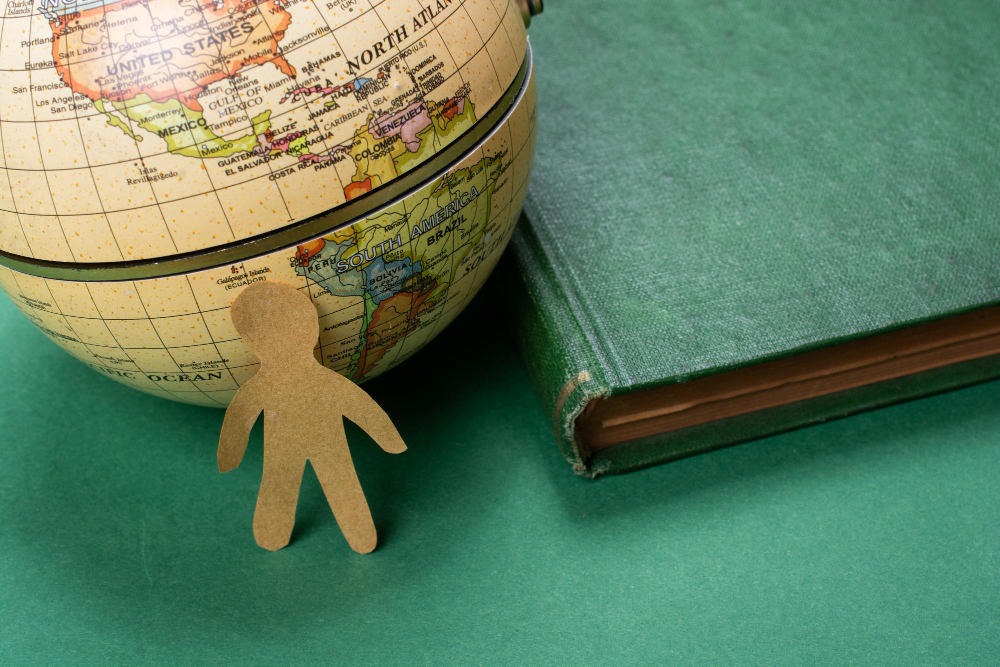







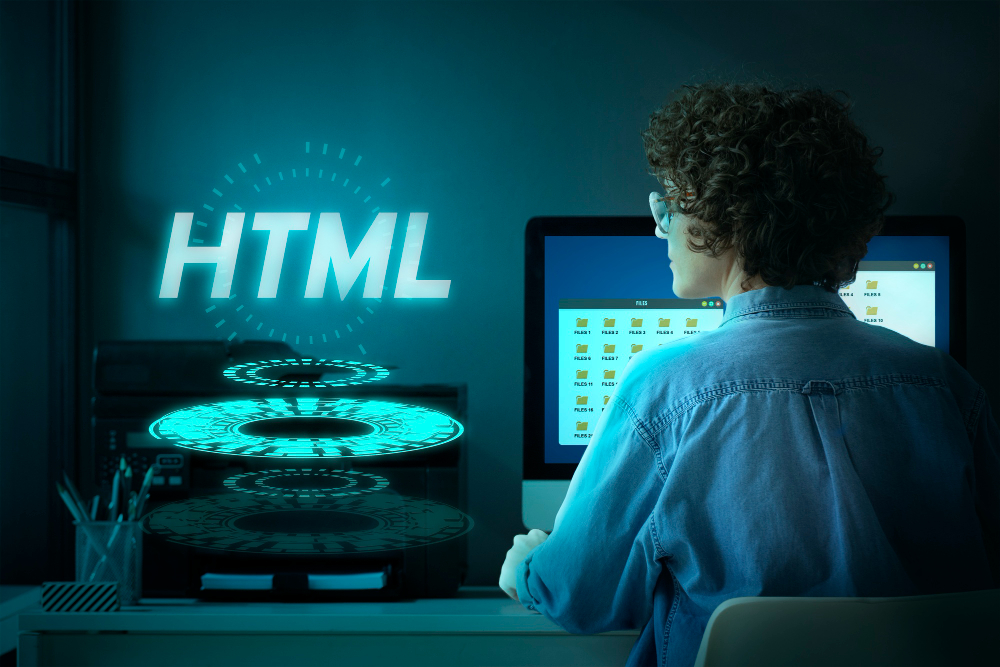



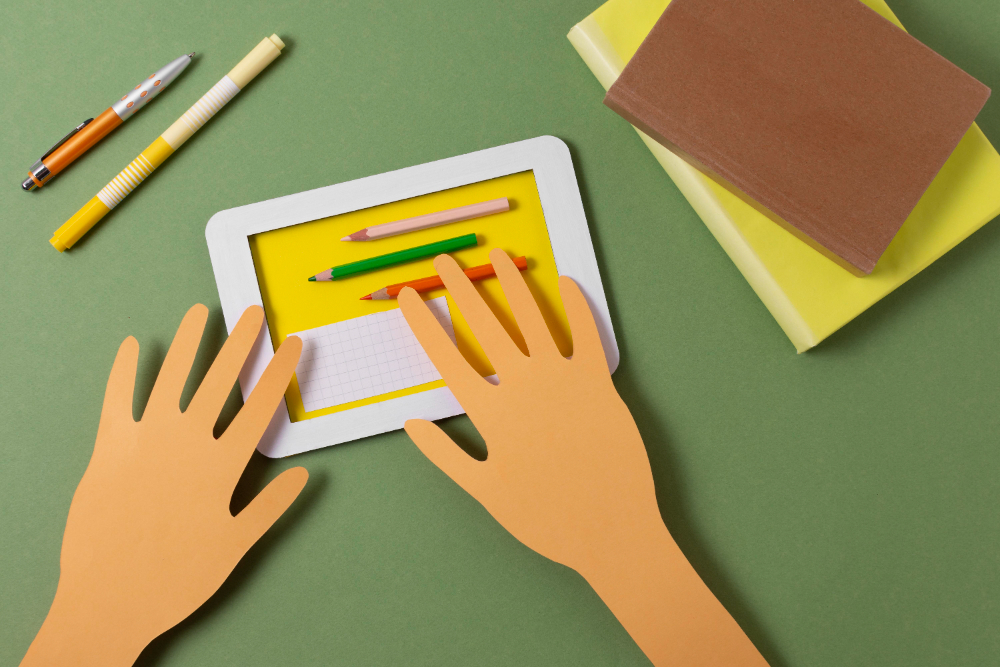





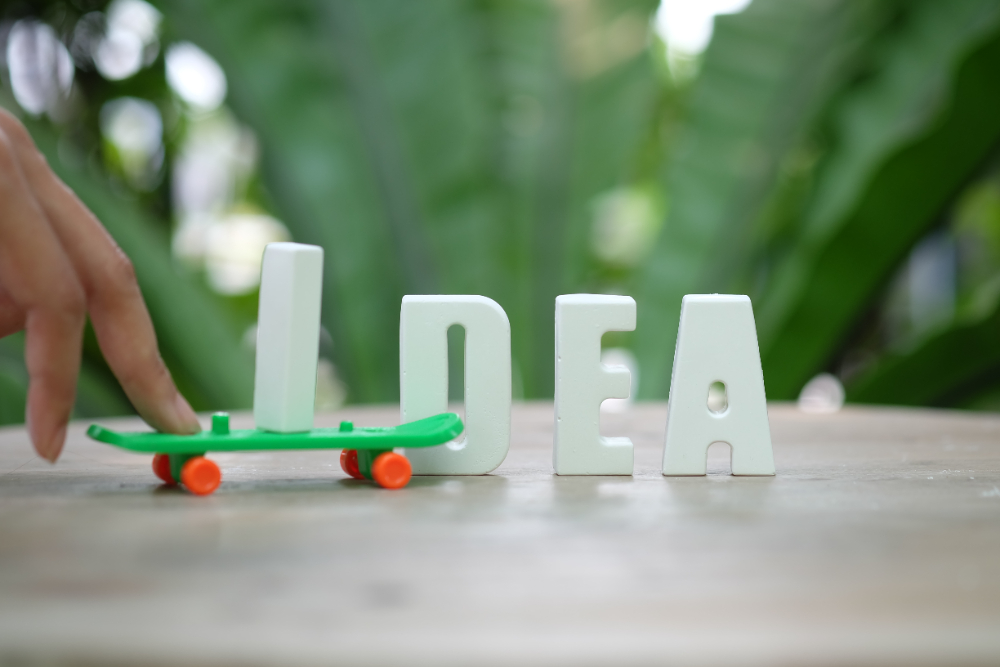

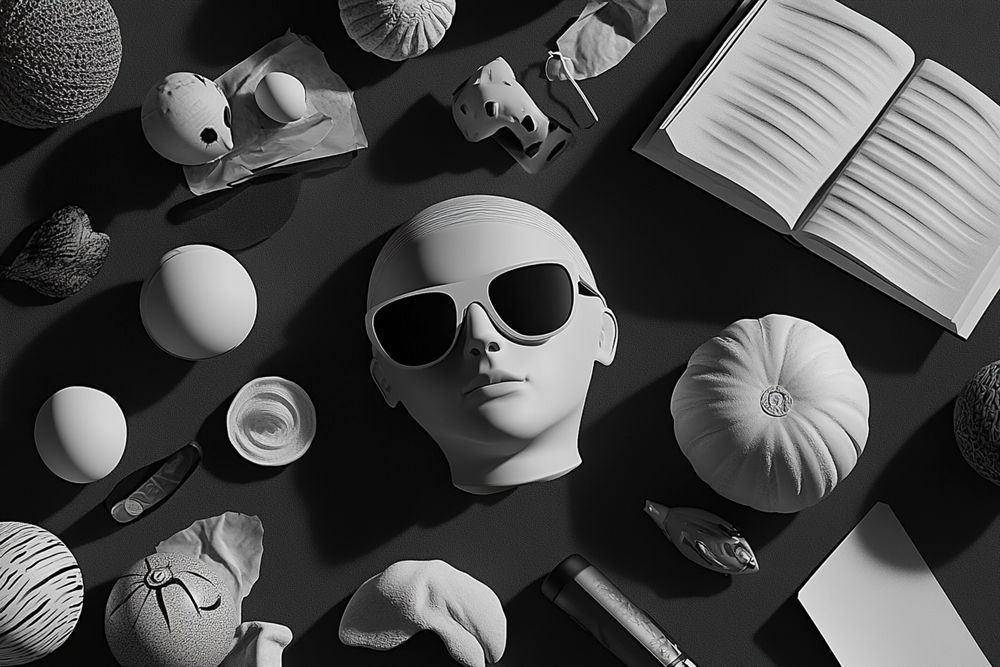
Comments are closed.